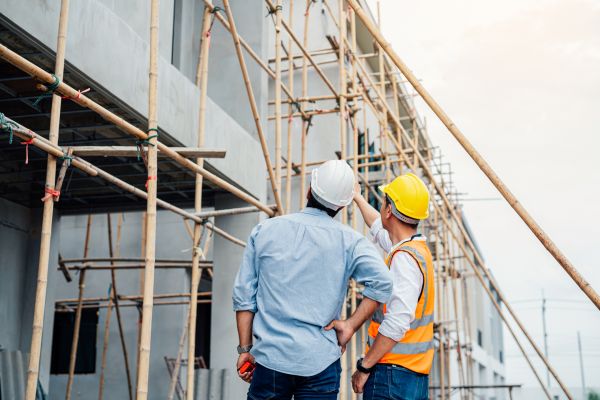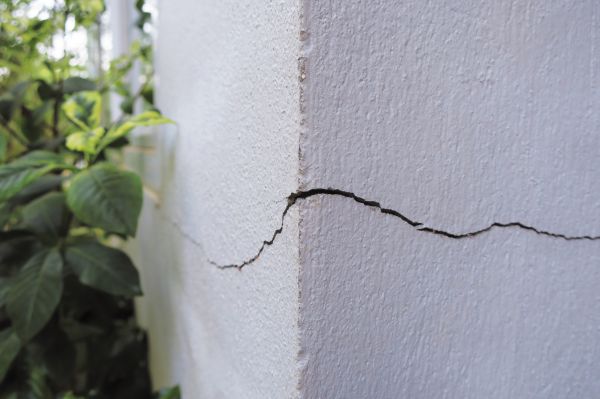FAQs About Building Raising
What does raising a building involve?
Raising a building involves lifting the entire structure to a higher elevation, typically to address foundation issues, mitigate flood risks, or make room for new construction beneath it. This process requires specialized equipment and techniques to safely elevate and support the building while work is done.
Why might I need to raise my building?
Common reasons for raising a building include addressing foundation damage or settlement, preventing water damage from flooding, and creating additional space or headroom beneath the structure. Raising a building can also be part of a renovation or expansion project.
How long does it take to raise a building?
The duration of the building-raising process depends on the size and complexity of the structure, the type of foundation work required, and weather conditions. On average, the process can take several weeks to complete, including preparation, lifting, and re-stabilizing the building.
What are the costs associated with raising a building?
Costs can vary widely based on factors such as the size of the building, the extent of foundation work needed, and local labor and material rates. Additional costs may include permits, structural engineering assessments, and temporary accommodations. A detailed estimate from a contractor can provide a more accurate cost projection.
How do I prepare for a building-raising project?
Preparing for a building-raising project involves consulting with structural engineers and contractors to assess the feasibility and plan the process. This includes obtaining necessary permits, securing the building, and ensuring that utilities and landscaping are addressed. Proper planning and professional guidance are essential to ensure a successful and safe operation.


